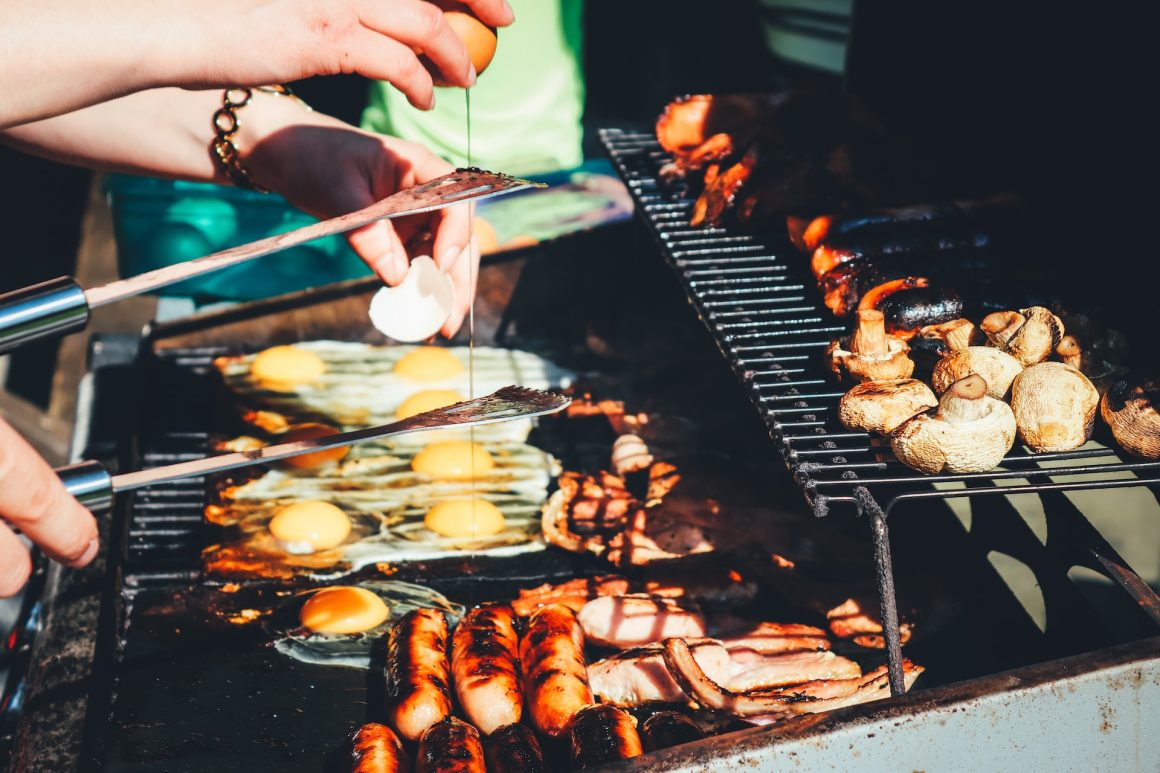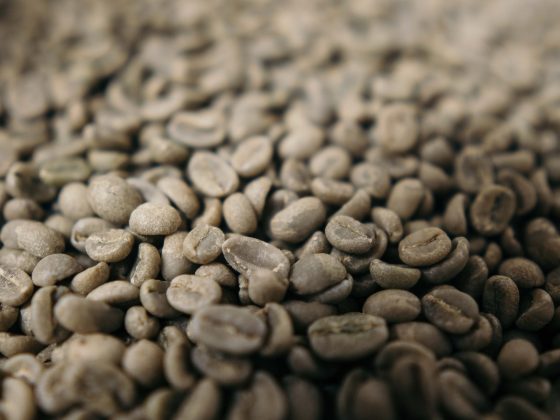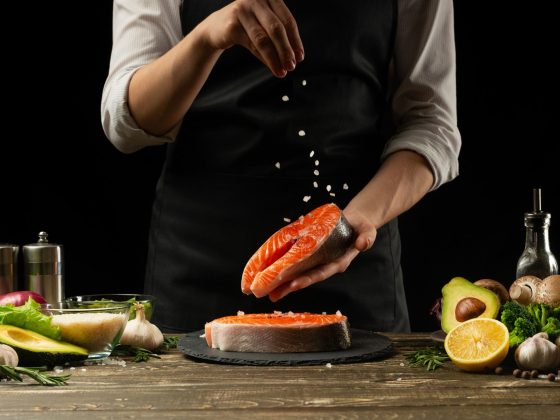If you want to maintain your weight or lose it in the summer, you need a high-protein diet. Contrary to popular belief, researchers have found that it is best to spread protein intake throughout the day rather than eating one large meal – each meal should contain about 30 grams of protein.
Protein is an important part of our diet. Protein is an essential part of our diet because it provides the amino acids needed for vital life functions. A nutritious protein-rich meal can help your immune system function effectively by keeping it strong, increasing muscle growth and burning fat. Although eating (about) 30 grams every time you sit down to eat may seem difficult, adding protein-rich foods to your diet is quite easy.
To get started with this, here are some suggestions for getting 30 grams of protein at each meal.
So how do you get 30 grams of protein together?
1. Take protein-rich snacks with you on the go
You can take many non-perishable protein meals along the way. You’re sure to snack smart and get plenty of extra muscle-building protein between meals if you always have a few choices with you. Keep things on hand such as beef, or turkey snacks (30 grams equals 9 g of protein), 100 calorie roasted bags of edamame.
2. Keep your refrigerator and pantry stocked
You can now order perishable and non-perishable groceries online, so it’s easier than ever to make sure you always have your go-tos on hand. Some of the best options are fat-free Greek yogurt (16 grams of protein), hard-boiled eggs (precooked makes it even easier), chia seeds (keep for months and have 6 grams of protein for 2 tablespoons), cold-cut turkey breast, low-fat cottage cheese, dry lentils, nut butters and more.
3. Learn about portion sizes
Each ounce of animal protein contains about 7 grams of protein. 3 ounces is about the size of your palm, so aim for a little more than that – again, a deck of cards is about the same size as 115 grams. Choose lean animal proteins such as egg whites, all fish, skinless chicken, cold cuts, lean beef such as sirloin and flank, and lean lamb such as chop or roast. Knowledge of portion sizes makes preparing a quick, nutritious and balanced meal much easier.
4. Keep cooked, plain quinoa nearby
Make a large serving of quinoa early in the week to enjoy it in multiple ways: one day as a side dish with chicken, another day as a salad bowl with shrimp and vegetables, and in the latter days combine it with egg, low-fat cheese and turkey pepperoni for gluten-free pizza bites! Cooked quinoa keeps for about 5 days in the refrigerator. One cup already provides you with 8 grams of protein.
5. Make a list
Have no idea what to prepare? If our list of protein-rich foods hasn’t convinced you to sit down and make your own meal, it may be time for another trip to the supermarket. Choose which protein-rich products you enjoy eating and can prepare in larger quantities, and record them on a list so you can avoid unhealthy impulse purchases at the market.
This will not only help you avoid harmful impulse buys at the supermarket, but it will also allow you to plan your meals for the coming week so that you stay on track to reach your health goals with a maximum of 30 grams of protein per meal.
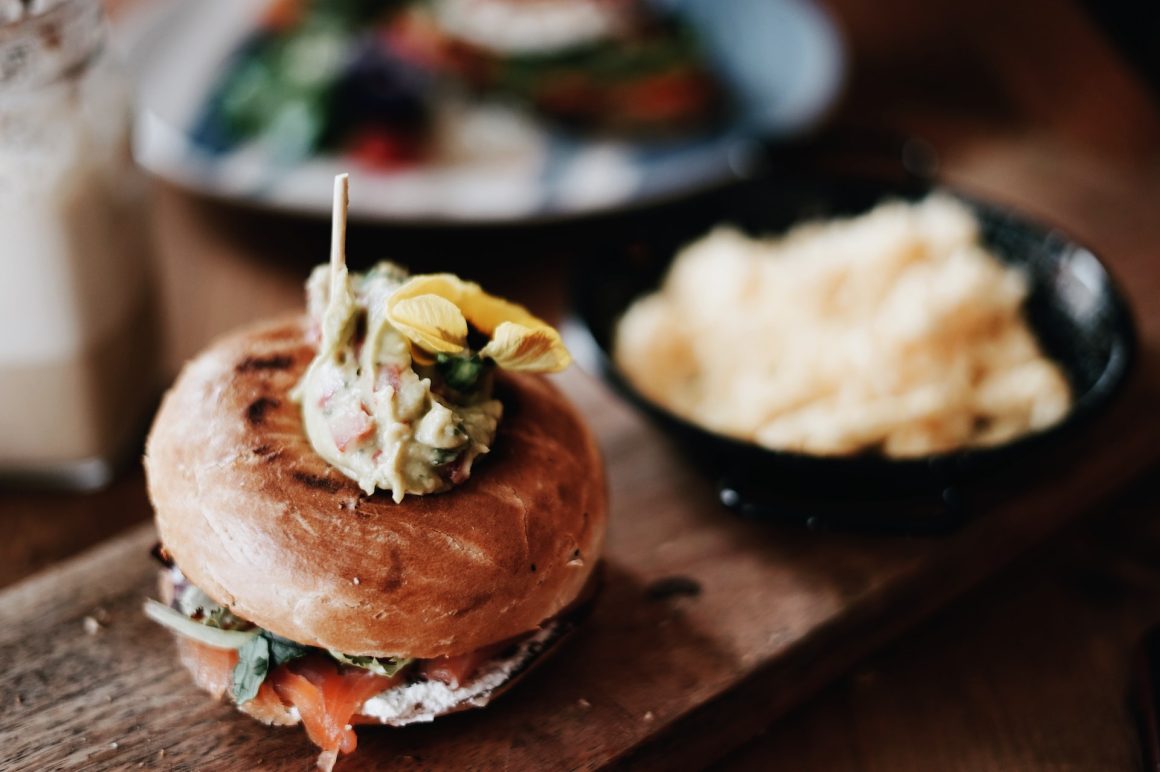
Breakfast Party 1 – Bagel
Have a bagel. Yes, you heard that right! Some varieties, such as multigrain, contain a fair amount of protein. Add a little low-fat cream cheese and some salmon full of good fats for a tasty, protein-rich breakfast that helps with muscle growth and recovery from your daily exercises.
Multigrain bagel (10 g protein) with 2 tablespoons of low-fat cream cheese (3 g protein) and 85 grams of smoked salmon (16 g protein) = 29 g protein.
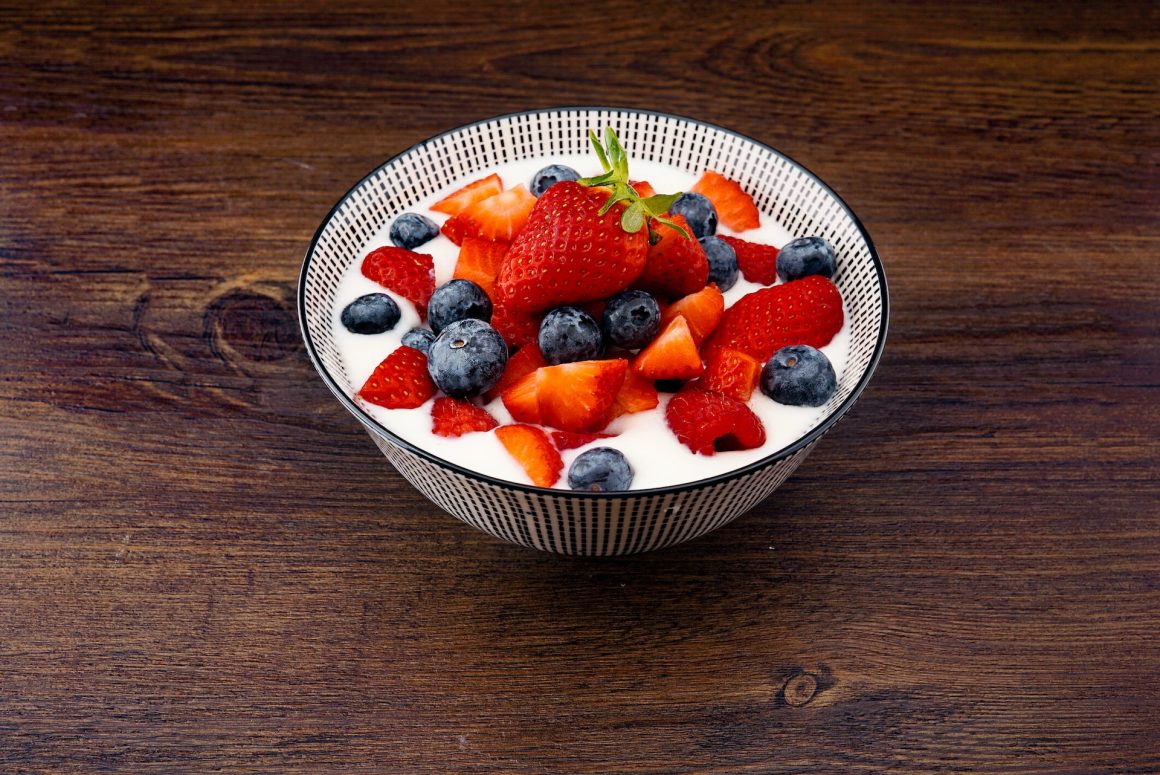
Breakfast Feast 2 – Greek yogurt
Although it may not seem like much, two servings of Greek yogurt contain 30 grams of protein. To make sure you get the most out of your snack, choose unflavored varieties and add your own berries or other fruit. This not only adds flavor, but also provides a nutritional boost due to the antioxidants in the fruit.
340 grams of Greek yogurt (36 grams) with berries = 36 grams of protein.
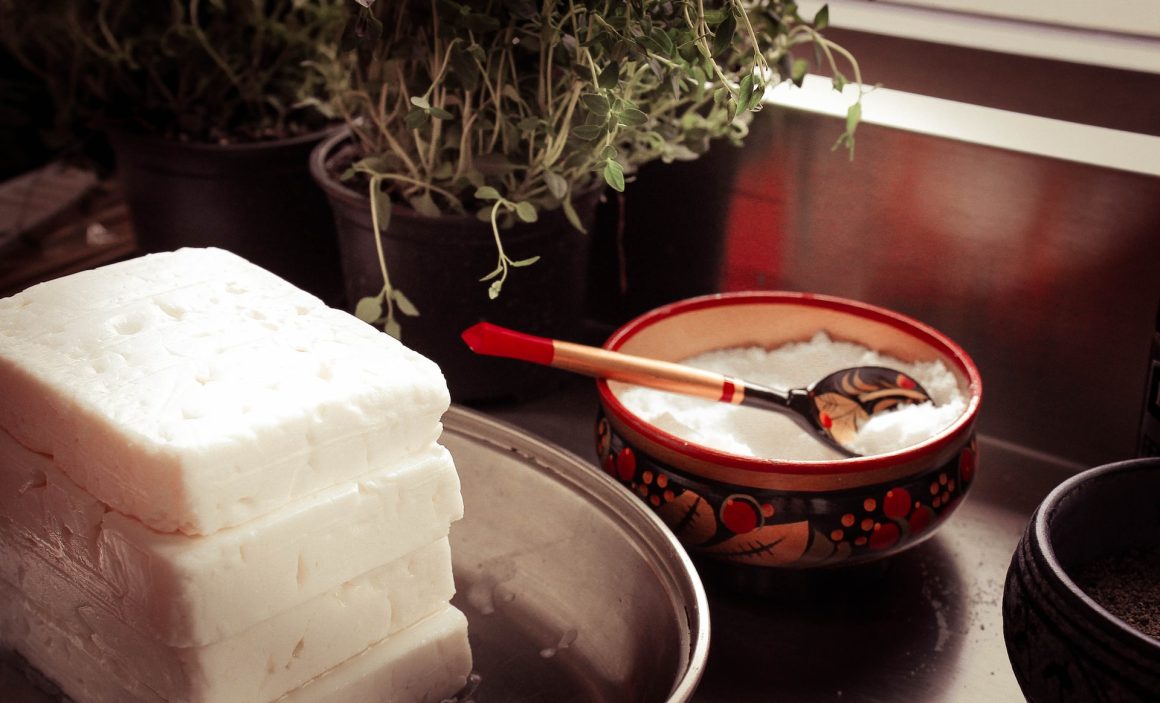
Breakfast Party 3 – Quark
Quark can be used for a light and satisfying breakfast or a mid-day energy boost. It is high in protein and low in calories, but beware of the sodium content. The chia seeds also provide some good fats and fiber for feeling full.
1 cup of cottage cheese (28 grams) with 5 pieces of pineapple or a handful of berries with 1 teaspoon of chia seeds (1 gram) = 29 grams of protein.

Breakfast Party 4 – Eggs
If you need more than just a protein boost, add some cheese, vegetables and whole grain toast to your eggs. This combination gives you about 30 grams of your body’s own protein.
1 whole egg (6 g protein) plus 4 egg whites (14 g protein) scrambled with 1/4 cup shredded low-fat mozzarella cheese (7 g protein), spinach, tomatoes and onions and a slice of whole wheat toast (4 g protein) = 31 grams of protein.
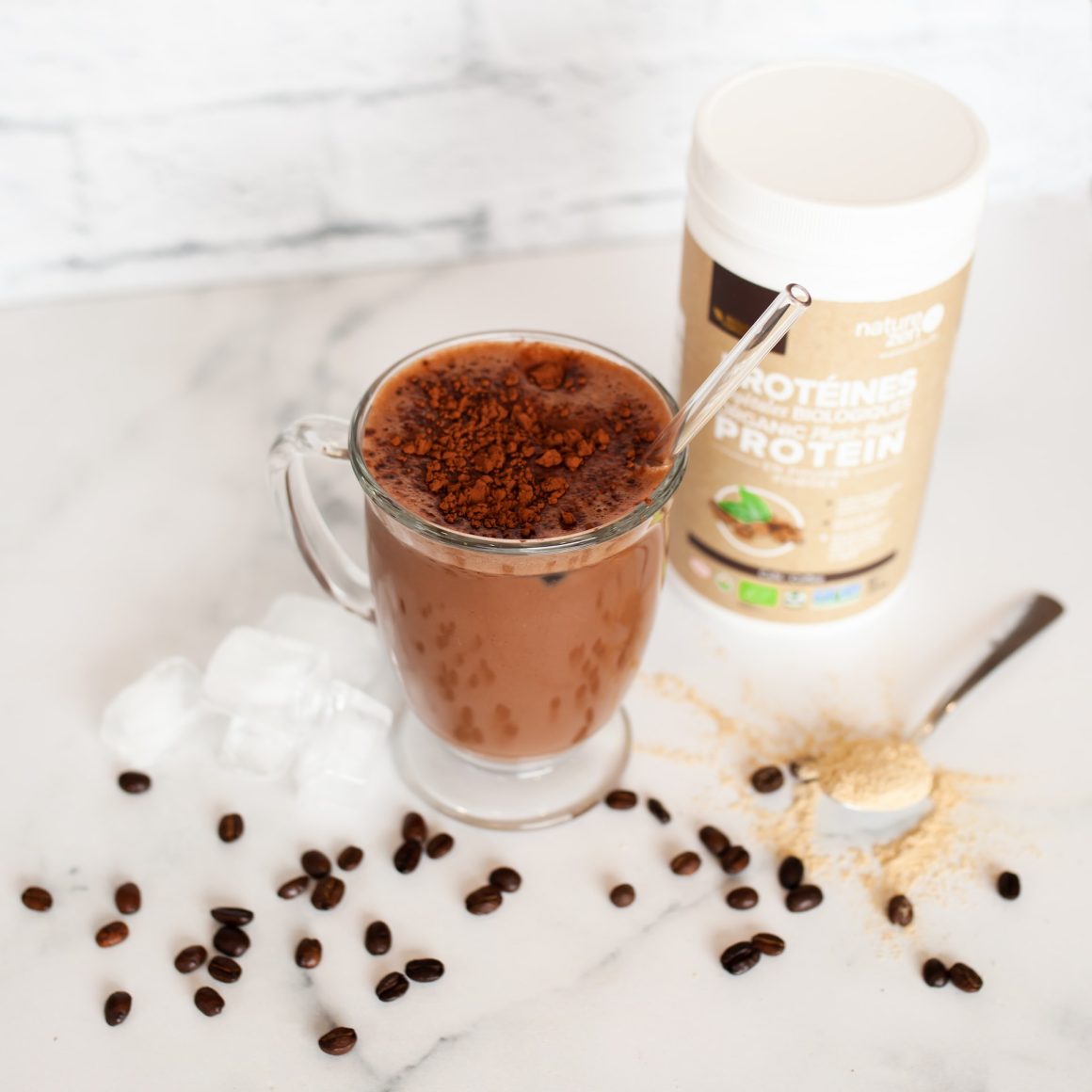
Breakfast Party 5 – Protein Smoothie
Smoothies can be a big sugar and calorie bomb, or an incredibly nutritious addition to your diet, depending on how you combine them. The protein powder and almond butter significantly increase the protein content, while the unsweetened almond milk provides a low-sugar and low-calorie base.
Smoothie prepared with 1 scoop protein powder (20 g protein), ½ cup strawberries, 1 cup unsweetened vanilla almond milk (1 g protein), and 2 tablespoons almond butter (7 g protein) = 28 g protein.
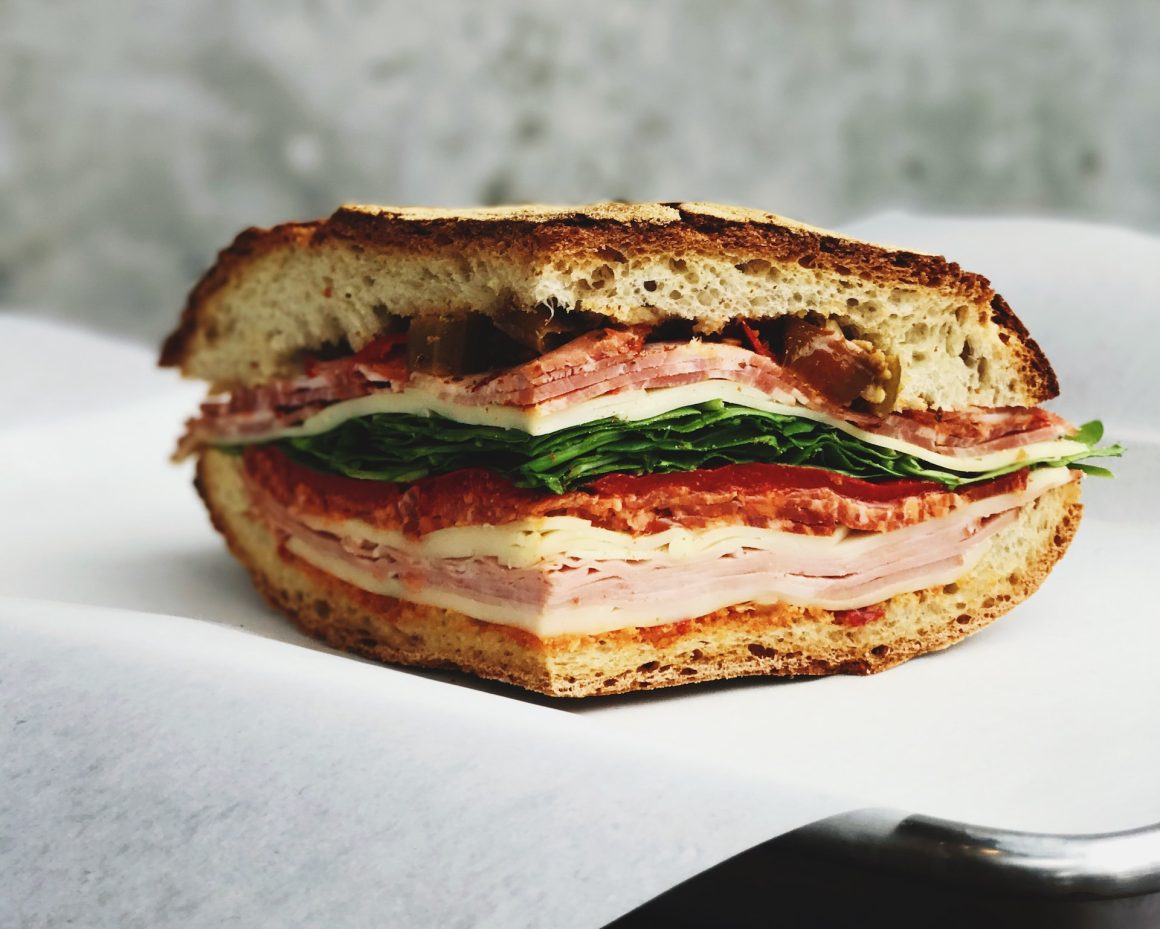
Afternoon Feast 1 – Whole Wheat Wrap
We all know that salads are healthy, but sometimes they get a little mundane. Don’t be afraid to change things up once in a while by opting for whole-wheat wraps or sandwiches. A high-fiber wrap with lean turkey will make you feel just as satisfied, but without weighing you down. Plus, it’s a great source of protein to power your afternoon activities.
High-fiber wrap (4 g protein) with 115 grams of sliced turkey (28 g protein), sliced tomato, lettuce and mustard = 32 g protein.
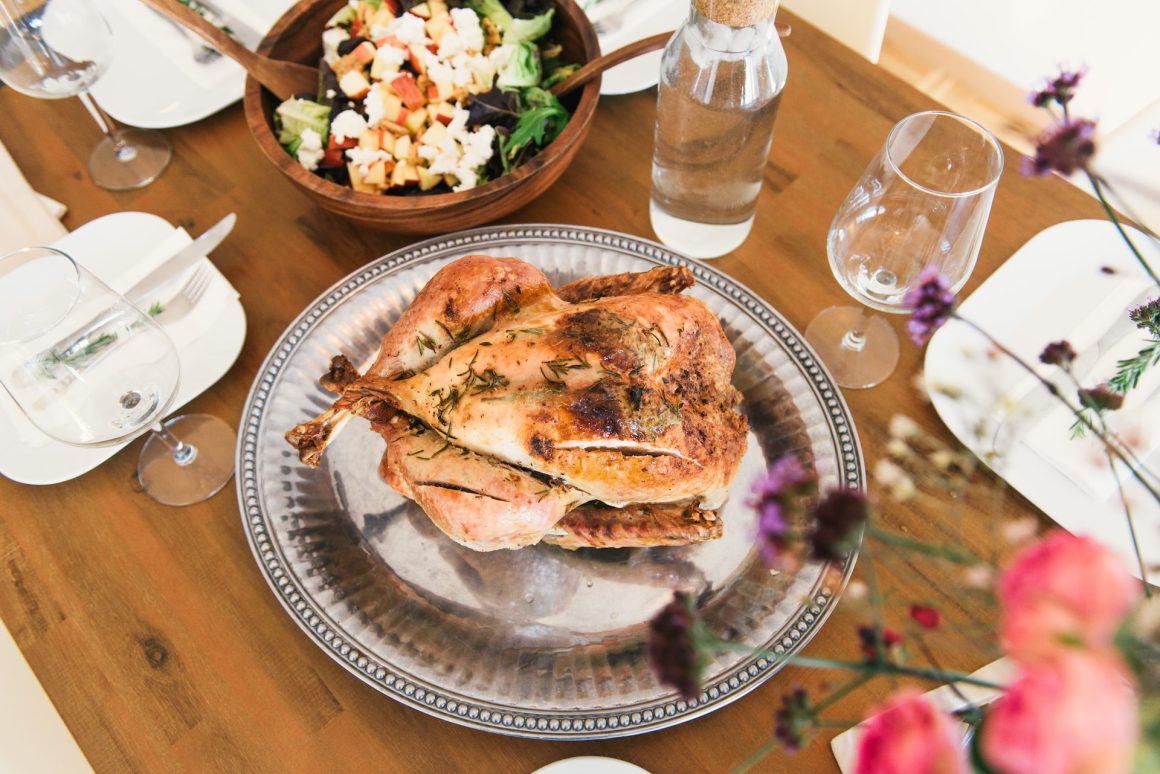
Afternoon Feast 2- Turkey Breast
Chicken is usually the first protein people think of when they want to get bigger, but turkey provides just as much muscle-building goodness. In fact, 3.5 ounces of turkey contains almost the same amount of protein as an equal serving of chicken. Each ounce of animal protein contains about 7 grams of protein, so a 4 ounce serving gives you a total of 28 grams – enough to give your muscles what they need. Want an extra boost? Add an apple to your meal for some extra fiber.
100 grams of turkey breast (28 grams) rollups with an apple = 28 grams of protein
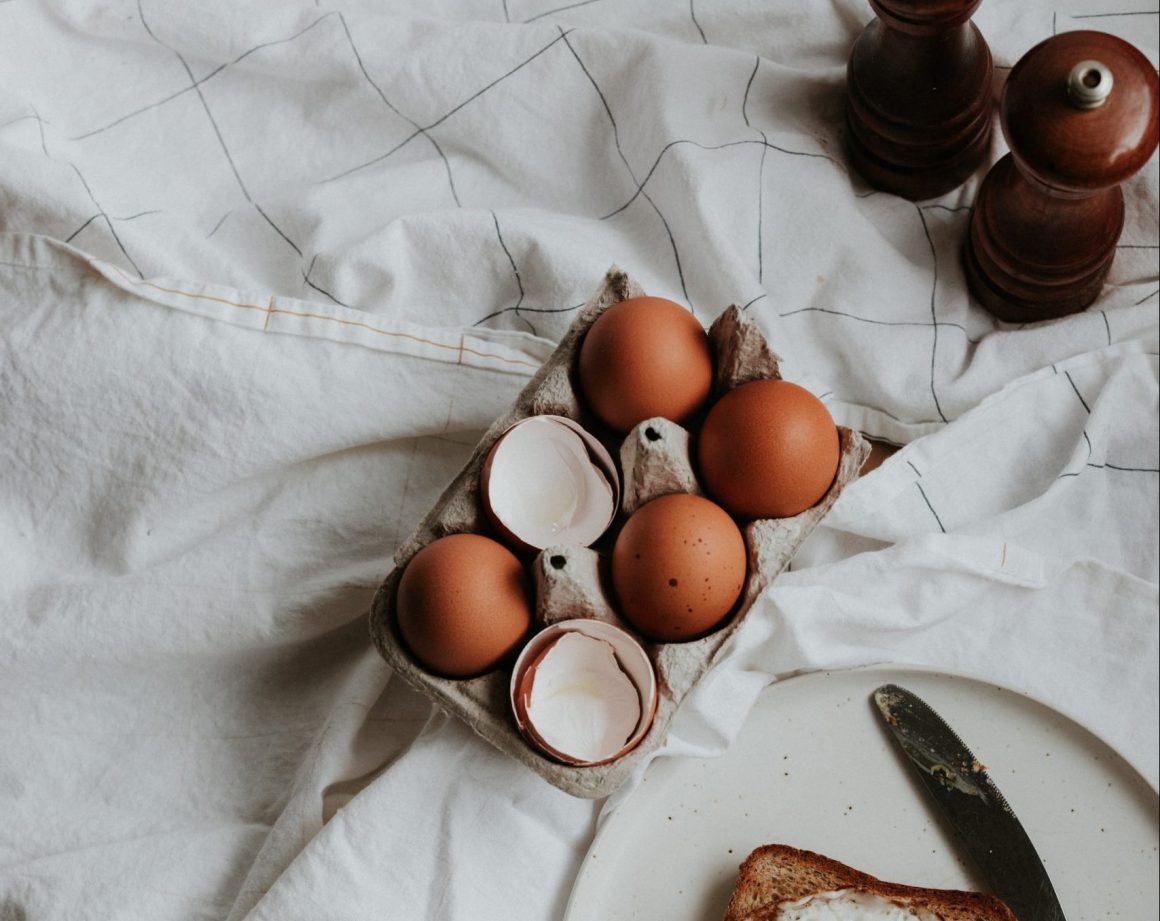
Afternoon party 3 – Hard-boiled eggs
Eggs, of course, are the perfect high-protein snack. Four hard-boiled eggs give you about 30 grams of fat-burning protein, and the carrots generally make the snack healthier because they are rich in beta-carotene and fiber.
4 hard-boiled eggs (24-28 grams, depending on size) combined with 1 cup of carrots = 28 grams of protein.
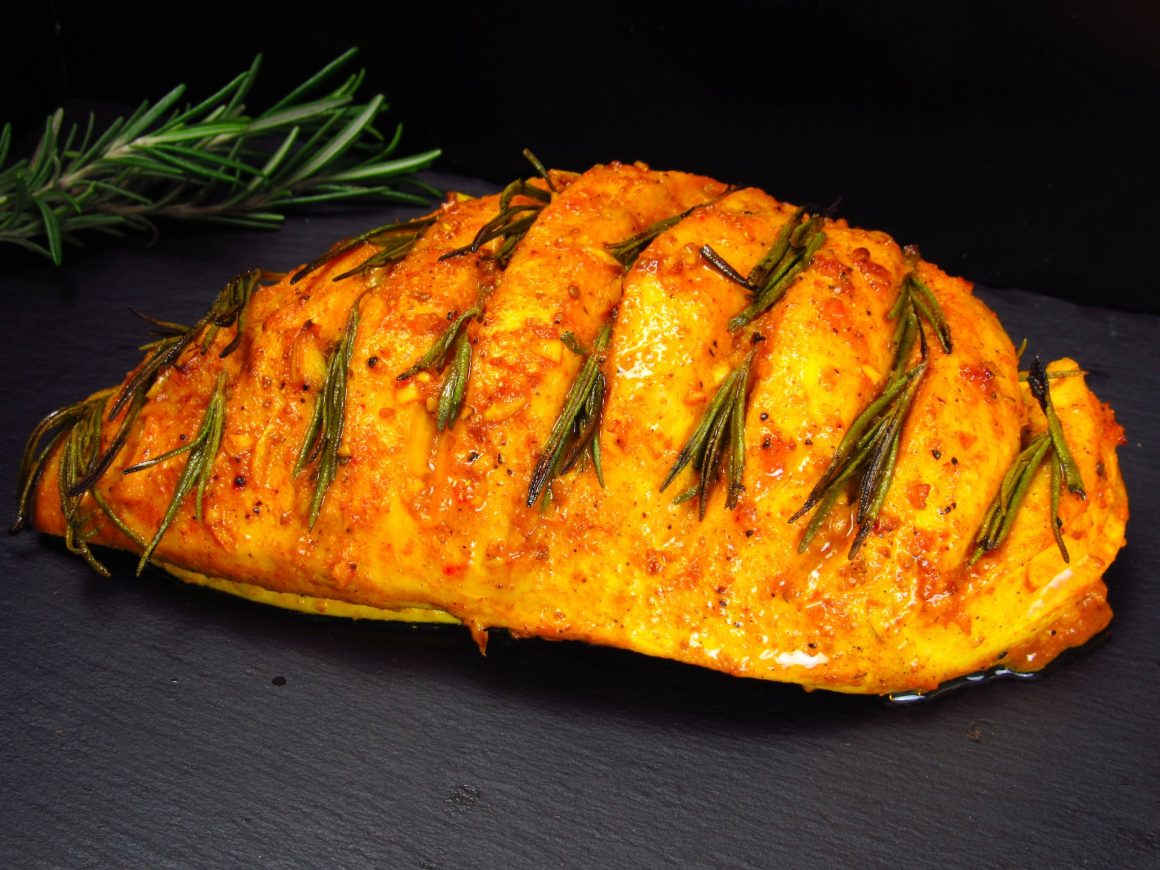
Afternoon Feast 4 – Chicken Breast
A good chicken meal is one of the easiest methods to achieve your protein intake. It’s almost a one-stop shop. Combine it with colorful vegetables in a salad for a healthy, nutritious dinner. You got one step closer to your goals by adding a light dressing and fresh vegetables.
100 g chicken on spinach, tomatoes, cucumbers, mushrooms with 2 tbsp balsamic vinaigrette = 30 g protein.
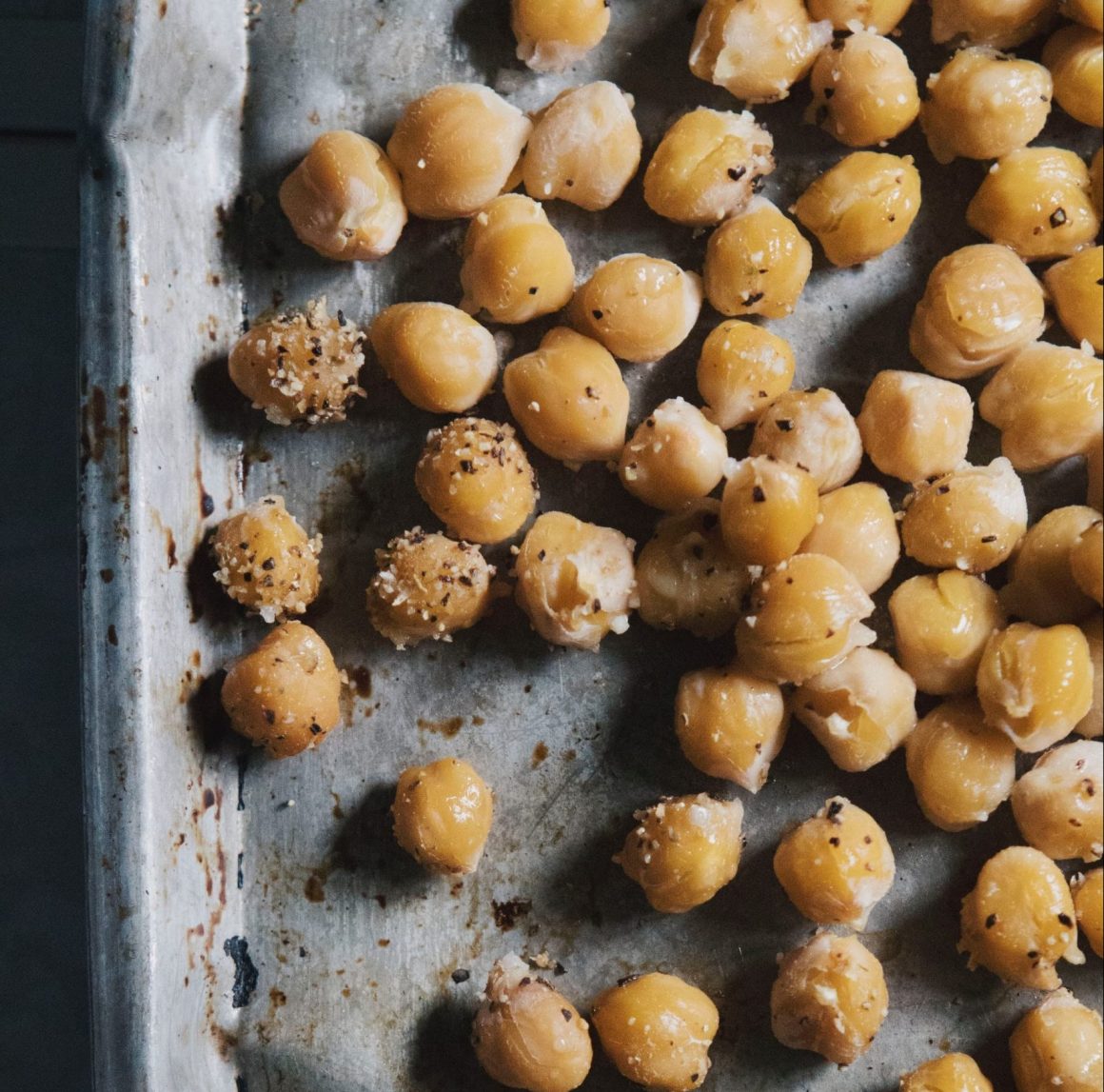
Evening Party 1 – Banza Chickpea Pasta
When it comes to protein, you may first think of lean meat. But don’t forget the vegetarian sources. Vegetables, grains, legumes, soy products and animal protein are all good sources of protein.
There are many benefits to eating chickpeas, including their high protein and fiber content. But you don’t have to eat them only from cans! Chickpea flour is becoming increasingly popular as a basic ingredient in pasta and other foods because it increases its overall nutritional value.
57 grams of chickpea pasta (13 g protein) with tomato sauce, 57 grams of turkey meatballs (14 g protein) and 1 tablespoon of Parmesan cheese (2 g protein) = 30 g protein.

Evening Feast 2 – Turkey or lean beef meatballs
Who knew meatballs could help you lose weight and tone your skin? Just skip the spaghetti and bread to avoid eating empty calories.
140 grams of turkey or lean beef meatballs (35 g protein) over steamed spinach (1 g protein) and sprinkled with 1 tablespoon of parmesan cheese (2 g protein) = 28 g protein.
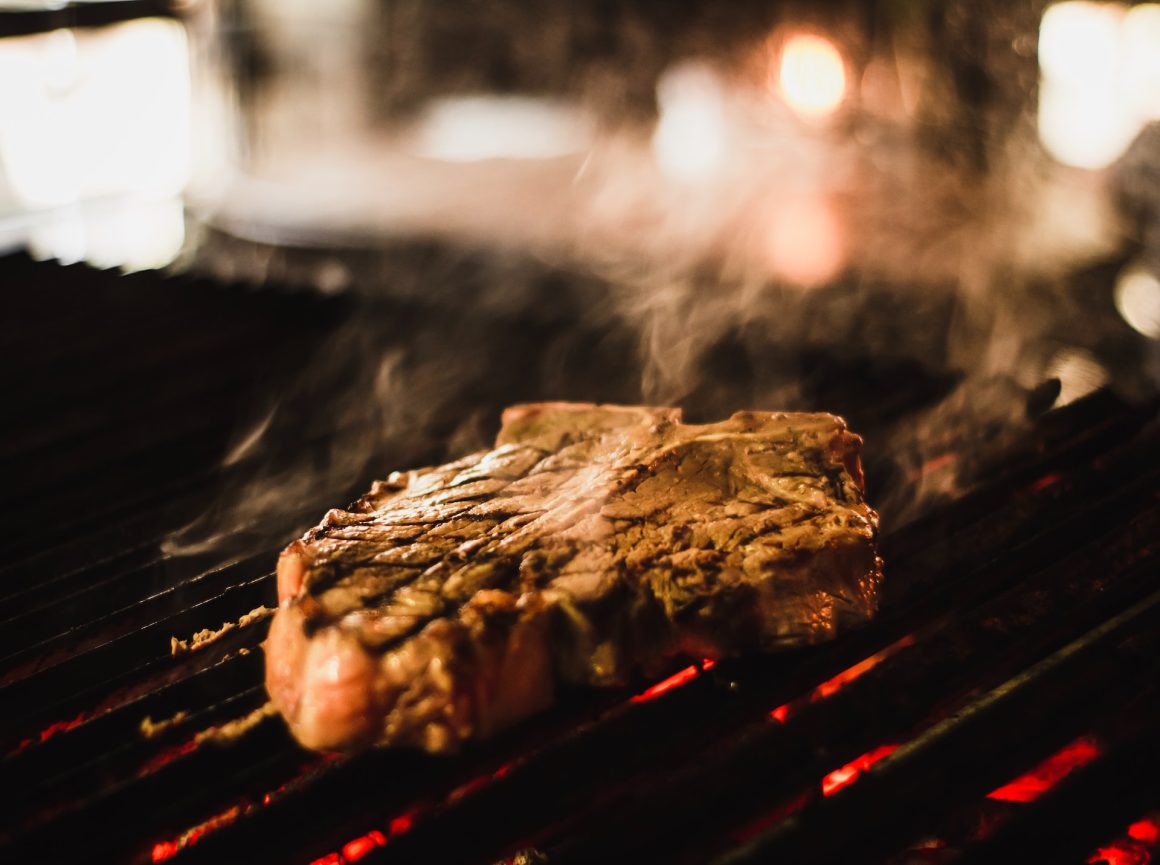
Evening Party 3 – Filet Mignon
When it comes to meat portions, count on about 115 grams. That gets you about 28 grams of protein. To clarify, 115 grams is about the size of your hand, so aim for a little more than that – a deck of cards is about 115 grams in size. Upgrade your meal by adding a small serving of quinoa for extra nutrients.
113 grams of filet Mignon (28 g protein) with ⅓ cup of quinoa (2-3 g protein) = 31 g protein.

Evening Party 4 – Turkey Quinoa Stuffed Pepper
Ground turkey can be transformed into five totally different meals by thinking outside the box – think burgers, chilis, meatballs and stuffed vegetables. Stuffed peppers are a great way to eat vegetables and ground turkey while saving calories.
113 grams of ground turkey (28 g protein), ⅓ cup of quinoa (2-3 g protein) mixed with ¼ cup of tomato sauce, shredded spring onions, and 28 grams of lightly grated cheese (5 g protein) sautéed in paprika = 35 g protein.
